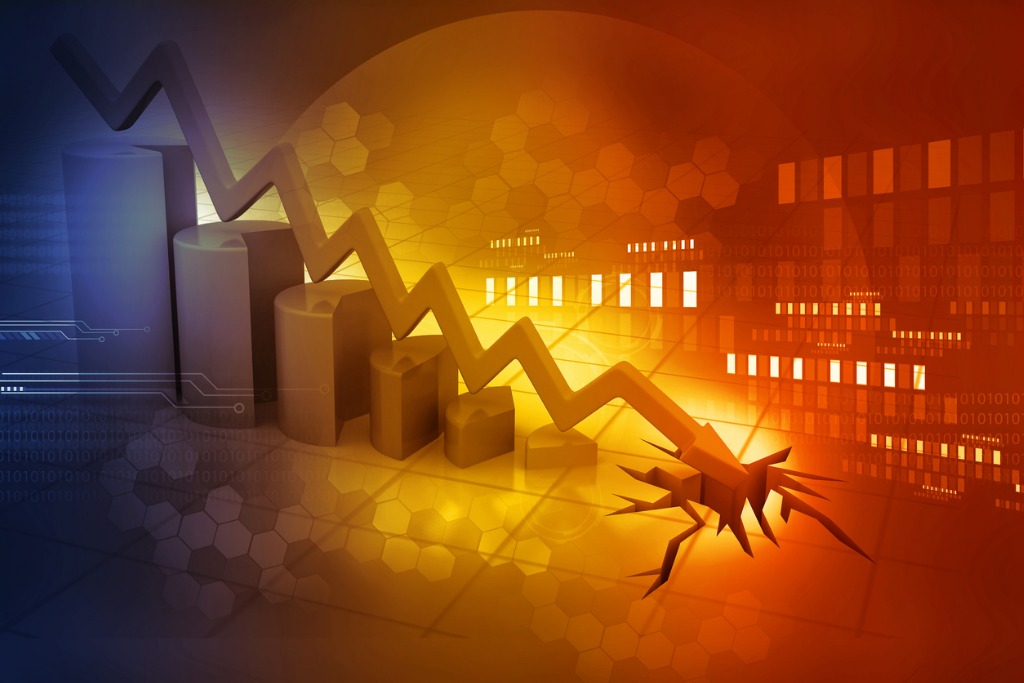
High debt, freebies galore: Indian states may soon face Lanka-like crisis
With the introduction of GST in 2017, states’ income sources are limited to excise on alcohol, VAT on petrol, receipts from property sale, and motor vehicle registration

Some Indian states are close to going down the path of Sri Lanka, thanks to reckless populist measures. Sri Lanka is facing its worst economic crisis with the island-nation having no money to pay for food and fuel imports. Protests have broken out countrywide following this.
While India has extended a $1 billion line of credit to Sri Lanka, some of its own states may have the makings of a crisis, according to a Quartz India report.
On April 3, during a four-hour-long meeting with Prime Minister Narendra Modi, some bureaucrats expressed concerns that populist schemes in states such as Punjab, Andhra Pradesh and West Bengal may end up wrecking their economies as they did in Sri Lanka.
Also read: States may go the Lanka way with too many freebies: Bureaucrats to Modi
Populist freebies have put these states’ finances under severe strain. Some of the financial parameters of Punjab, for instance, are identical to Sri Lanka’s. Its debt-to-GDP ratio is now the highest in the country at 53.3 per cent, much above the ceiling of 20 per cent, set for states in 2017 by the Central government’s fiscal responsibility and budget management panel (for the Central government, the ceiling is 40 per cent).
Populist schemes
With new Punjab Chief Minister Bhagwant Mann promising 300 units of free electricity and a Rs 1,000 handout per woman over 18 years of age, a revenue outgo of around Rs 17,000 crore a year is expected, the Quartz India report said. Ironically, after gaining power, Mann had sought a relief package of Rs 1 lakh-crore from the Centre.
Also read: A month in, AAP announces 300 units free power to every Punjab home
Similarly, in West Bengal, agriculture-related schemes and various other freebies have drained the government’s finances. Its debt constitutes more than a third of its state GDP, while its tax revenue has often accounted for less than a third of its total annual receipts in recent years, the report said. Likewise, Rajasthan and Chhattisgarh have reinstated discarded pension schemes, with few new sources of income to cover for them.
Other states like Jammu and Kashmir, Chhattisgarh, Madhya Pradesh, and Himachal Pradesh too had relatively higher fiscal deficits in 2021-22, indicating their overall annual borrowing requirements.
Citing budget estimates, media reports said that states with the highest debt-GSDP ratio in FY22 were Punjab (53.3 per cent), Rajasthan (39.8 per cent), West Bengal (38.8 per cent), Kerala (38.3 per cent) and Andhra Pradesh (37.6 per cent).
Blame to be shared
But the blame does not squarely lie on the state governments. With the introduction of GST in 2017, states’ income sources are limited to excise on alcohol, value-added tax on petrol, receipts from property-sale, and motor vehicle registration. However, they must spend on education, health, social welfare, etc.
Things worsened in 2020 after the Centre failed to share GST revenues with the states in line with the agreed-upon formula. This was a first since the tax’s inception in 2017 and was precipitated by the pandemic. On the other hand, expenditure in social segments increased in recent years, especially during the pandemic, the report said, adding, many of the states, thus, have been forced to give fiscal prudence a pass and their overall debt burden has risen to a 15-year high.


